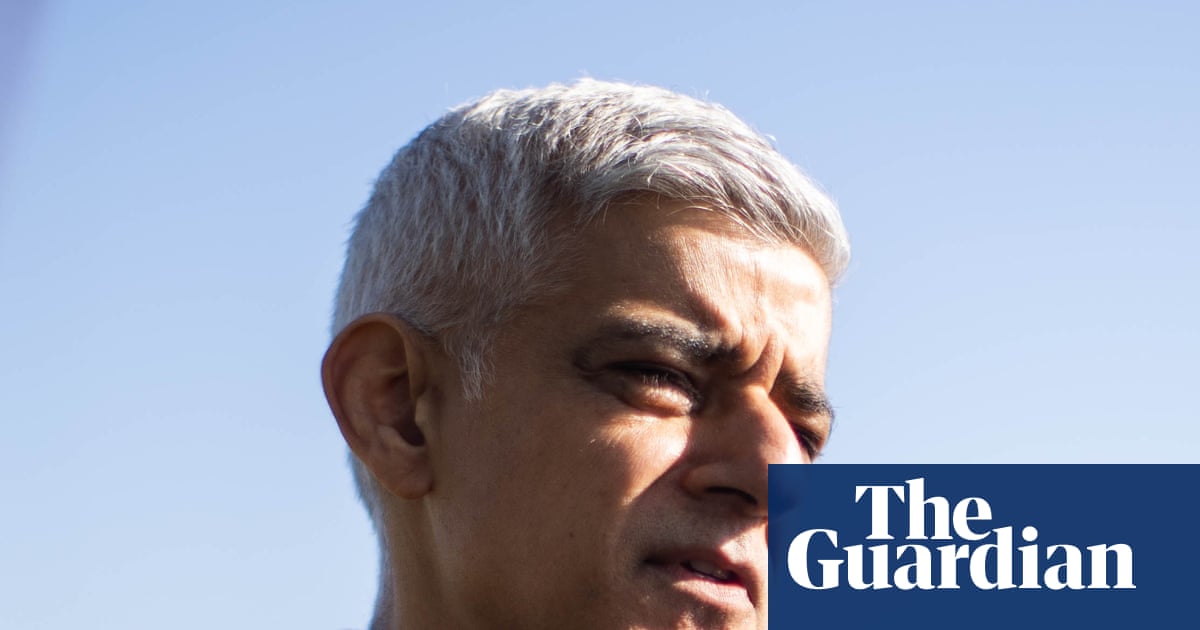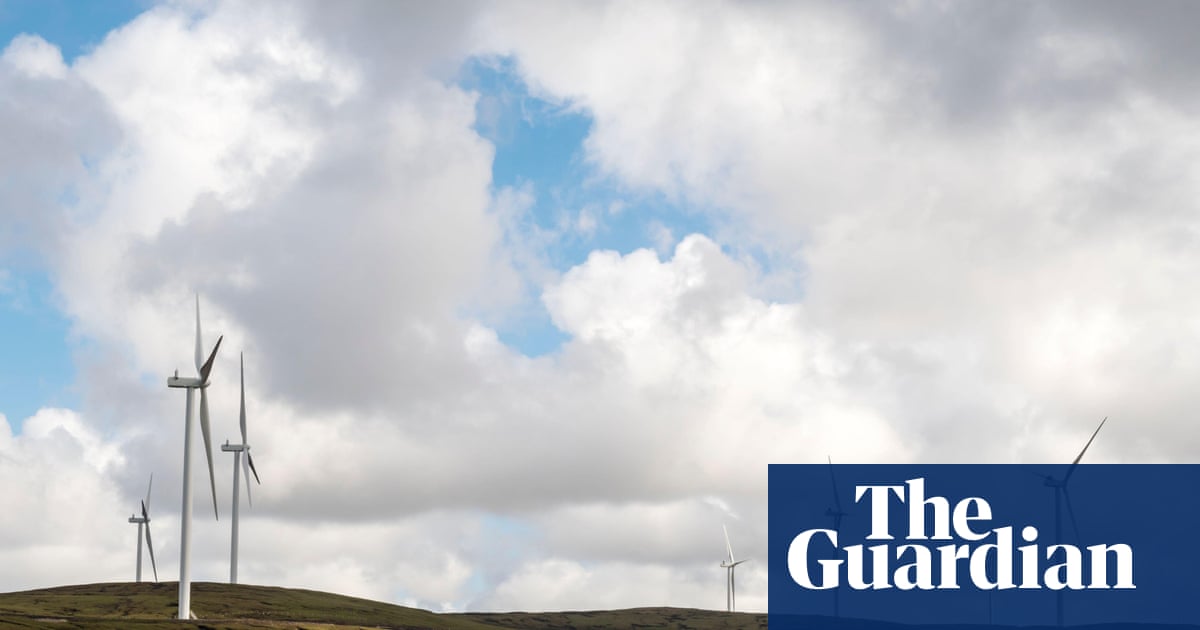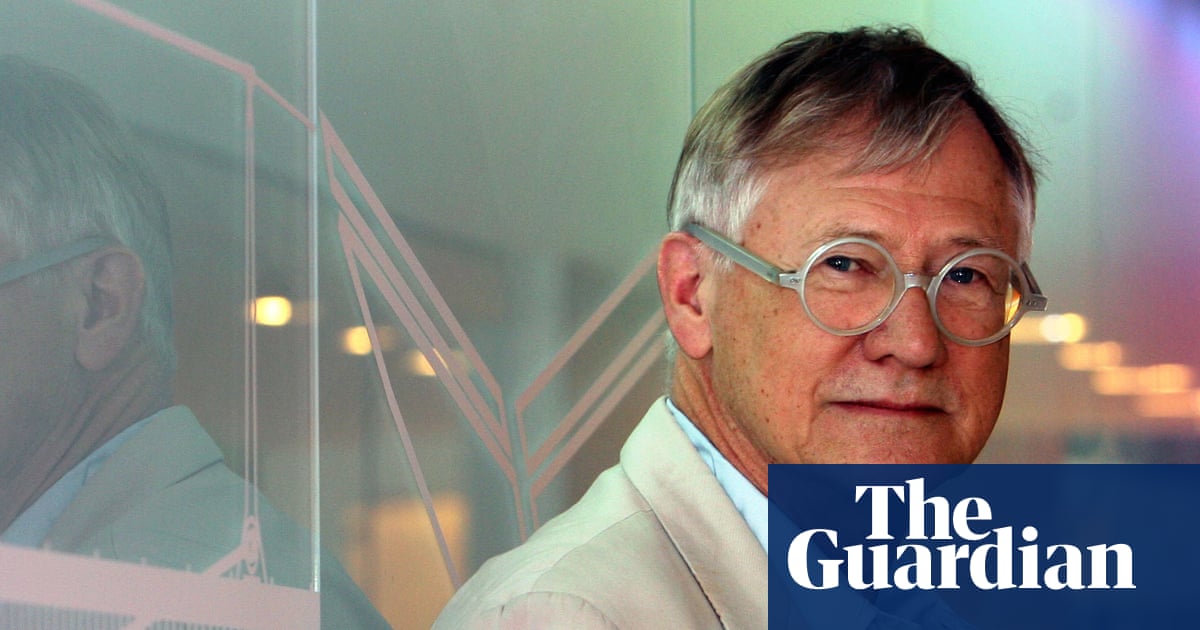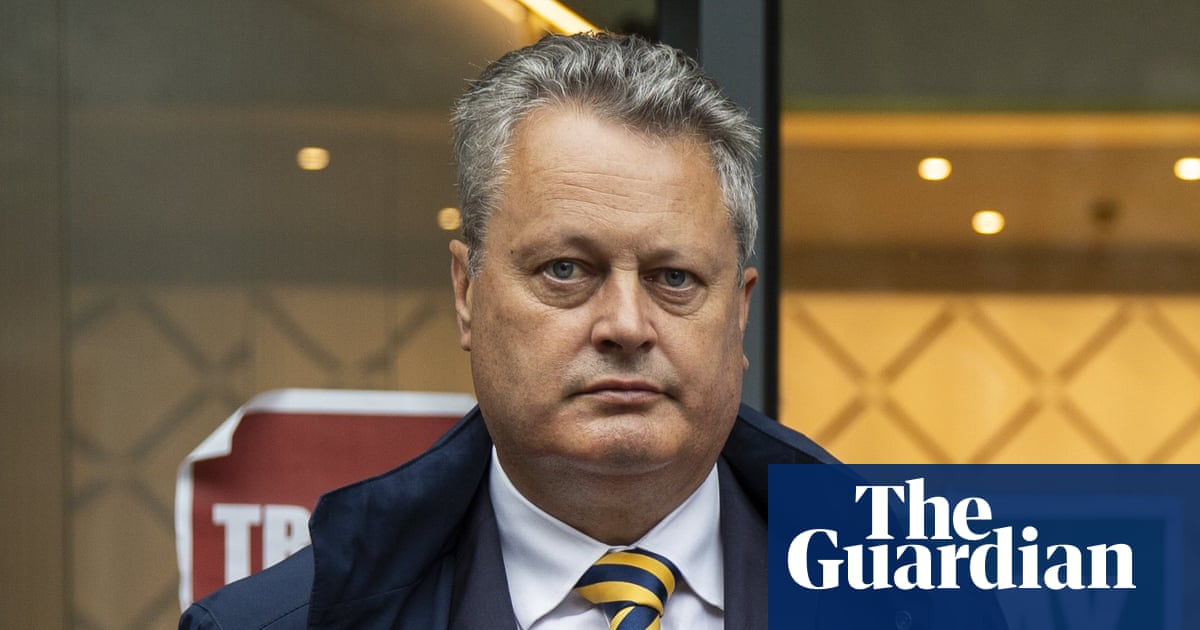Few if any photographers have done more than Edward Burtynsky to shape our view of the large-scale industrial production that is a constant, ever-expanding part of the capitalist system. Since the 1980s, he has created more than a dozen multiyear series, tackling extractive industries like mining and oil refining in India, China and Azerbaijan, traveling to such disparate places as Western Australia, Chile’s Atacama desert and the so-called ship graveyards of Bangladesh.
Often taken from high in the sky, his photos offer views of industrial landscapes that attend to color and pattern with a sophisticated eye reminiscent of abstract expressionism, while also forcing us to contend with the devastating transformations to the natural world required to sustain our way of life.
Burtynsky’s new show at the International Center of Photography in New York, titled The Great Acceleration, brings together some 70 photographs from a lifetime behind the lens. It seeks to offer a fitting survey of a masterful photographic career, and it debuts the largest photographic mural that Burtynsky has ever done.
His relationship with the medium began when he was about 12, when he got his first camera. As a young child, he spent hour upon hour painting alongside his father, who had hoped to become an artist but ended up working in factories. After he learned to painstakingly sketch landscapes and paint with oils, the ease of photographs was a revelation. “I just realized how in one fraction of a second I can create a landscape – just, boom, it’s there,” Burtynsky told me. “I loved how it was a modern, fast way to get your image, and I loved the darkroom, watching the image emerge.”

Similarly, Burtynsky’s relationship with the industrial world that has become his subject goes back to his formative years – originally trained as a tool and die maker, he came of age working within factories, seeing first-hand just how dirty, loud and dangerous they really were. “When I saw the scale of industry, as a young 18-year-old working in these places,” Burtynsky said, “I could tell that if we were going to become this population of all this growth that they were projecting, then all of this was just going to amplify, this all was just going to get bigger and more insane.”
Turning away from such a life, Burtynsky began to study the graphic arts, and after a well-timed push from one of his instructors, he made the decision to receive formal instruction in photography. After spending so much time around heavy industry, he said, it was a revelation: “All of a sudden, I’m exposed to the whole history of art, and the whole history of music, and the whole history of photography.” It was in school that Burtynsky got exposure to major influences like Eadweard Muybridge, Carleton Watkins, Caspar David Friedrich and painters of the New York school, particularly Jackson Pollock. It was there that he also began to develop his distinctive way of seeing the world.
“I really liked the kind of field painting, the compression of space, the gesture, the color fields, in abstract expressionism,” he said. “So I started doing landscapes, but I said: ‘I’m not just going to go out into the forest and do cliches like anybody else. I’m going to go and try to do Jackson Pollocks with a large-format camera. I’m going to try to attune my eye so I can find really complex spaces in nature that are almost like gesture paintings.’”
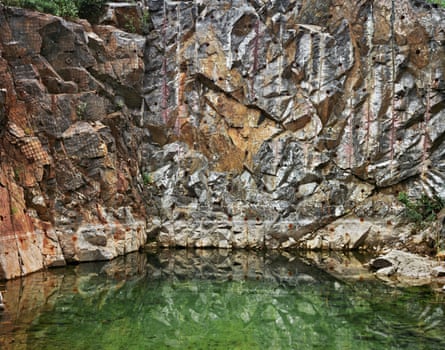
In no small part because of that painterly eye, Burtynsky imbues his work with an undeniable beauty, a fact that has sometimes made critics uneasy. Shots like that of a enormous stepwell in Rajasthan, or the Chino mine in Silver City, New Mexico, are mesmerizing in their intricacy, their arrangement of color and the hypnotic way that Burtynsky has framed the innumerable lines within. If his photographs of environmental destruction are gorgeous, Burtynsky defends them on the ground that this pleasingness evokes the curiosity and engagement that leads to potentially fruitful dialogue.
“There are all sorts of issues that start to rise up. Like: are you aestheticizing the destruction of the planet?” he said. “Well, that’s not how I’m looking at it. But maybe. I’m really trying to find a visual language that has a painterly or surreal quality to it that shows the world we’ve evolved in a way that makes people engage with it, versus saying: ‘That’s just a banal picture of something that I’m not interested in.’”
Burtynsky is clear about the fact that his images are meant to be not didactic but enigmatic, entry points and not endpoints. Although it is difficult to look at shots such as a wasteland full of discarded tires or a mountainside honeycombed by extractive mining without feeling a gut reaction of shame and eco-anxiety, his photographs are much more than just environmentalist agitprop. The artist takes pride in the many interpretations that his works can hold.
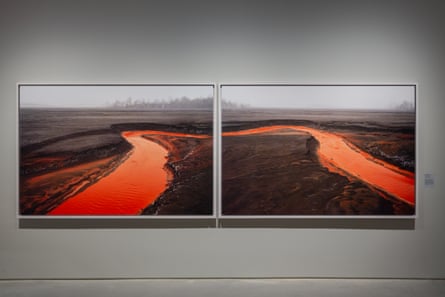
“My photographs are like Rorschach tests,” he said. “It’s like the teacher puts a picture in front of the class and it’s like: what did you see? If they see environmental degradation, they see something out of the history of art. If they see something, like, technologically kind of advanced, or some curious way in which we do things as humans, each one of them is a legitimate reading of what they’re seeing – the individual completes it. When people tell me about what they see in an image, I get to learn more about them than they probably learn about me.”
In addition to delivering some of Burtynsky’s most career-defining works, The Great Acceleration also shows lesser-known sides of the photographer – there are two pieces from his student days, a shot from a rarely seen series that he made exploring masculinity via taxidermy workshops, and never-before-shown portraits of individual workers who toil within the built landscapes that he specializes in. “I would walk through these landscapes with my 2 1/4 camera, and every once in a while I’d see a person and say: ‘Can I take your photograph?’ It was always an acknowledgement of the sitter in their space, and just another way of showing that these are things that humans are doing,” he said.
Burtynsky hopes that shows like The Great Acceleration offer a way to let a wider audience see what is happening in the world. He remains doubtful of art’s ability to directly transform how governments and industry use our resources, but he does believe in the value of raising awareness and sparking curiosity. “Artists are soft power, we’re storytellers, we don’t have the ability to influence or shape policy. What we can do is raise consciousness, absorb our experience of the world and move it through the medium of our choice. I’m trying to be a kind of conduit into what is happening.”
-
Edward Burtynsky: The Great Acceleration is on show at the International Center of Photography in New York until 28 September

.png) 2 months ago
47
2 months ago
47






